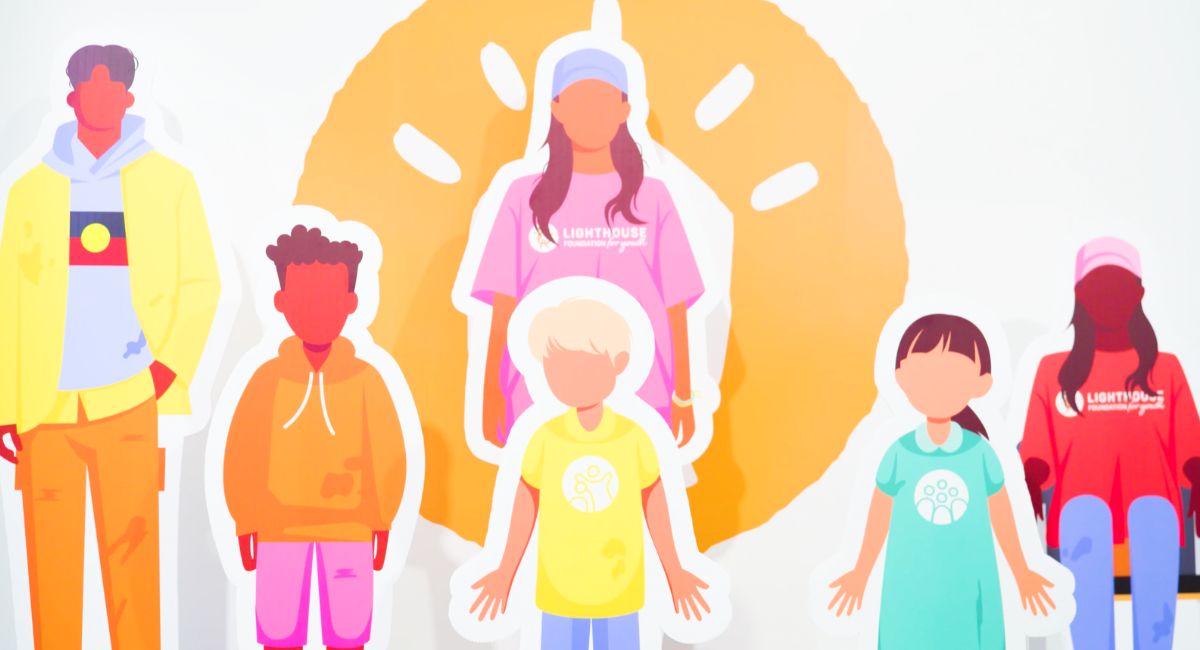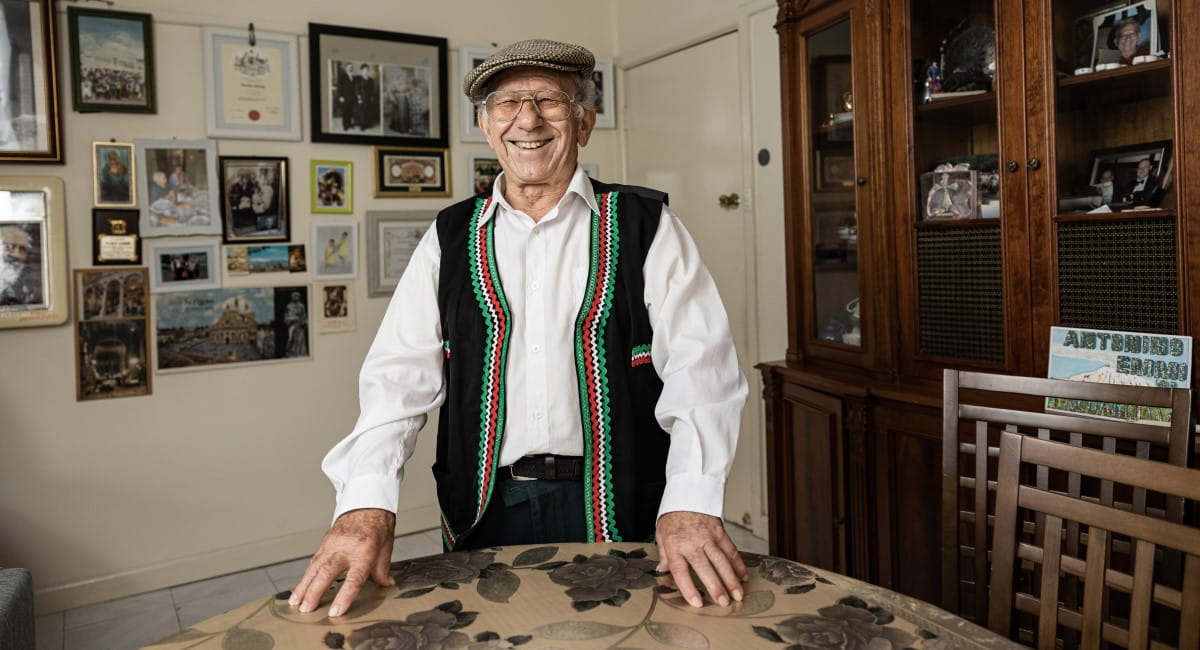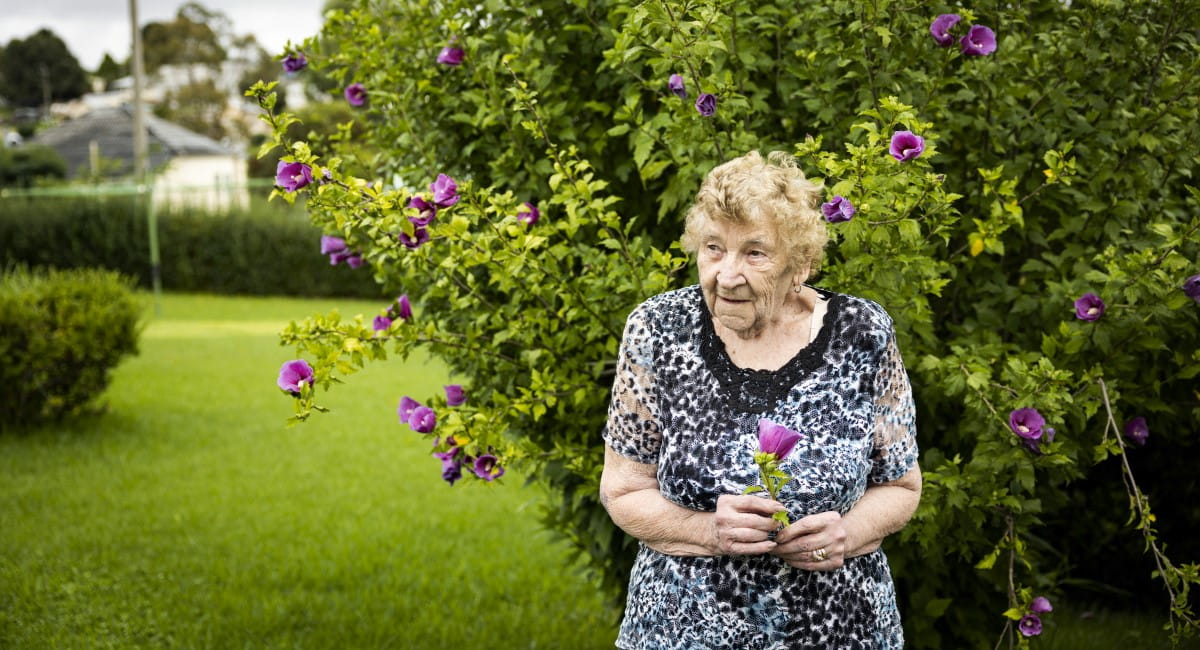“We meet young people where they are and give them what they need, when they need it. We offer pathways out of homelessness.”—Dr Eamonn McCarthy, CEO, Lighthouse Foundation
Key points
- It’s estimated that there are 30,000 young people aged 12 to 24 who are currently homeless in Australia.
- An Australian Unity Foundation partner, Lighthouse Foundation supports young people—from infancy up to age 25—who are homeless or at risk of homelessness. Its mission? To end youth homelessness.
- It offers pathways out of homelessness by providing homes and therapeutic care, with a focus on empowering the community.
- One key initiative is Community Connect, a preventative program aimed at young people who are facing housing instability. By offering outreach support, referrals, and practical aid such as clothing and food, it aims to provide tangible and timely help to vulnerable young Australians.
“We've been to the moon and yet we haven’t worked together to solve homelessness, especially for children and young people,” says Susan Barton AM. “I just don't get that.”
Susan is the Founder and Director of Lighthouse Foundation, a charitable organisation that focuses on transforming the lives of children experiencing homelessness or trauma by providing them with homes and therapeutic care.
She began caring for vulnerable young people as a foster parent more than 40 years ago, following a life-changing experience when she was 25 years old. Working as a volunteer in a Sri Lankan orphanage, Susan recalls rocking a severely malnourished baby, who died the next day.
“I came back to Australia a really different girl,” she says. “I couldn't live in the world and know that was happening on our watch and not do anything about it.”
Inspired to act in her own community, Susan began fostering children back in her Melbourne home. Yet she was determined to do something that made an even bigger impact. In 1991, Susan established Lighthouse Foundation, with the aim of breaking the cycle of homelessness for some of Australia's most vulnerable children.

Creating positive communities
Lighthouse Foundation has cared for 131 young people in need this past financial year. Lighthouse also supports more than 1230 former residents through its “On For Life” program, which offers ongoing support when a young adult transitions from a Lighthouse program to independent living.
“Our mission is to end youth homelessness by empowering the community,” explains Dr Eamonn McCarthy, the CEO of Lighthouse Foundation. “So we support young people who are either homeless or at risk of homelessness—and that can be from infancy all the way through to 25. We meet young people where they are and give them what they need, when they need it. We offer pathways out of homelessness.”
The Australian Unity Foundation—which invests a percentage of our annual profits into initiatives that boost the wellbeing of individuals and their communities—is a committed partner of Lighthouse Foundation. Supporting the organisation’s Community Connect program, a preventative initiative that seeks to help vulnerable young people before their plight becomes too desperate.
“Ninety-five per cent of young people who are classified as homeless are not actually sleeping rough,” explains Eamonn. Yet that doesn’t mean they’re not already facing real challenges. Many are forced to live on a precipice of vulnerability, where they may be just one missed pay cheque or tricky situation away from sleeping on the streets.
Community Connect is designed to provide timely intervention in such cases by assisting young people who are experiencing housing instability. The program offers tangible help by providing access to therapeutic case management, including outreach support and referrals, as well as practical items like clothing, food, toiletries and furniture.
Right now, Australia’s cost-of-living crisis means the program is particularly vital, as a growing number of families are being forced to seek emergency accommodation. “That means that our young people just get bumped further and further back along what is already a very, very long line,” says Eamonn.
.jpg)
The gift of independence
Christina’s experience is testament to the life-changing impact of Lighthouse Foundation. “They provided a home for me and my baby,” she says decisively.
Yet delivering a roof over her head was just the start. With the support of Lighthouse Foundation, Christina has begun working, studying for a certificate in childcare and learning how to drive. Just as significantly, Christina has also gained vital life skills about parenting and financial management. “It’s taught me how to save, how to be independent, how to look after myself and my son,” she says.
“Now that I'm working and also studying, I'm really happy.”
Most importantly, the single mum has been given a vital sense of belonging. Having been forced to emigrate from her native Sierra Leona due to the Ebola virus, Christina arrived in Australia alone. Since then, her mother and grandmother have both died, heaping even more pressure on her shoulders as she’s now responsible for supporting her siblings back in Africa. Christina recognises that the support she’s received from Lighthouse Foundation hasn’t just been practical. “I feel like I have a second family now,” she admits.
Her words are testament to one of Lighthouse Foundation’s overarching goals: to make every young person they help feel valued and secure.
“Every time we open a home, we open a community committee,” says Susan. “That committee invests in those young people as if they were their own and takes care of them. We just keep developing that every time we open another home.”
Information provided in this article is of a general nature. Australian Unity accepts no responsibility for the accuracy of any of the opinions, advice, representations or information contained in this publication. Readers should rely on their own advice and enquiries in making decisions affecting their own health, wellbeing or interest. Interviewee titles and employer are cited as at the time of interview and may have changed since publication.


